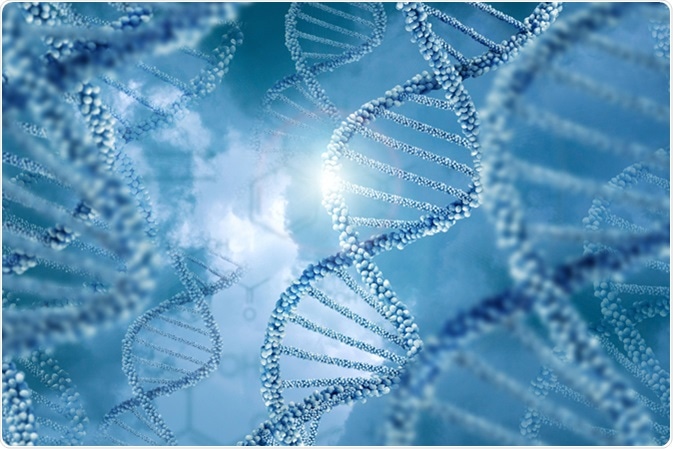Launching 1st March 2023. Also check out: https://www.thailandmedical.news/
Investigation of the microbiome has gained a lot of importance in the last decade. Microbiota populations have been found in human skin, mucosal membranes, and gut where they can influence several disorders, such as diabetes, obesity, cancer, and colitis. Thus, a multiomics approach to identify and sequence different microbial populations in the body can provide valuable information.

Genomes from metagenomes
Metagenome refers to the collective information about a set of genes. This data can then be separated based on their taxa. Usually the metagenome data is assigned taxa using a method called binning which uses sequence dependent or independent strategies.
Sequence dependent strategies include binning on the basis of GC content and tetranucleotide frequency. These assembled genomes and genome fragments are then used to predict the ecology and physiology of the microbial communities.
The presence or absence of certain genes can predict the nitrogen and carbon metabolic pathways and respiration mechanisms.
Reconstruction of metabolic capabilities
The metabolic and phenotypic traits of microorganisms can also be predicted based on the genome-scale data. These methods link genome data to biochemical networks to cellular processes. Thus, this provides a link between the genotype and phenotype.
This model of metabolic reconstruction involves coupling gene annotated data to information related to signaling pathways (for example, KEEG database).
A model can then be proposed to predict phenotype based on the analysed genome. Although presently genome scale metabolic models can predict only for targeted single species, further methods are being designed for complex communities, such as the human gut microbiome.
Metatransciptome and metaproteomics
Metratransciptome is used to get the gene expression level of the microbial community. In this case, it can provide information regarding the active and passive members in a community and their metabolic pathways.
Also, compiling metatransciptome data from samples from different environmental conditions can lead to correlations between environment and gene expression. This can further help in understanding expressed genes and their functions in the context of microbial habitats.
Different responses to stress levels, metabolic strategies, and defense mechanisms can lead to differences in the metatransciptome and metaproteomic data.
In a microbial community, both cooperative and antagonistic interactions take place. This is because a large number of microbes compete for limited resources, but they also lack the ability to produce all the components for survival which leads to cooperative and inter-dependent behavior.
The cooperative behavior can lead to a community of microbes lowering the number of expressed genes in individual members of the community in conditions where the nutrients may be deficient.
Similarly cell-cell communication is required during several processes, such as biofilm formation, bioluminescence, antibiotic production, exoenzyme production, and quorum sensing.
These complex relationships can only be understood by analyzing the genome of the community as a whole and not by analyzing individual microbes.
Thus, the transcriptome and metabolome of the whole community may provide a better analysis and inference regarding inter-microbial relationships than the conventional methods.
Habitats also significantly alter the multiomics data. The aspects of microbial habitat which may affect it include species diversity, environmental conditions, and interaction between the community members.
Instabilities in the temperature and environment can lead to evolution of larger genomes. In such cases, individual genome information may be harder to resolve from the large transcriptome and genomics data. Low species diversity involves one or more microbe species which may be found in harsh conditions, such as hot springs or acid mine drainage.
However, most habitats support high microbial diversity, such as soil, water, or the intestines. Multiomics information can provide information regarding the different biosynthetic pathways of microbial communities based on their habitat.
One of the crucial limitations is that the functions derived using multiomic data can be difficult to assign to specific taxa as they are inferred from transcriptome and genomics data of the whole community.
Also, the functional and metabolic traits inferred in multiomics are often based on annotated genes and sometimes annotations documented in database may not be accurate.